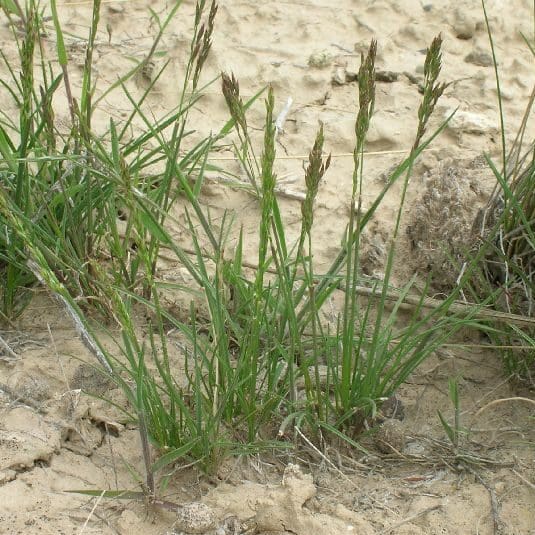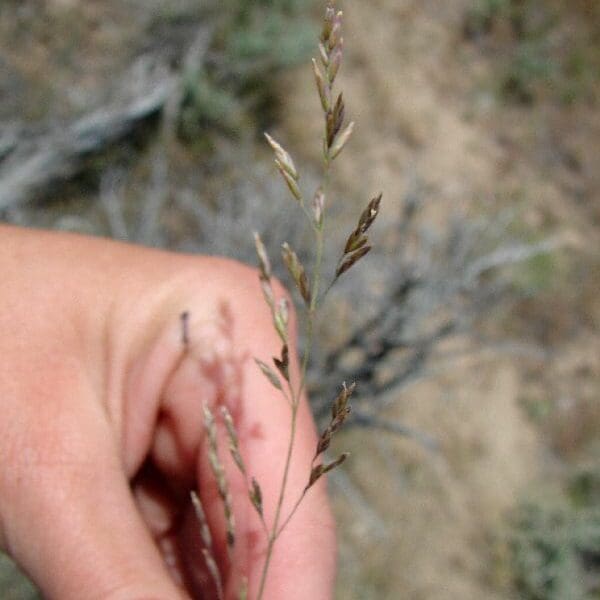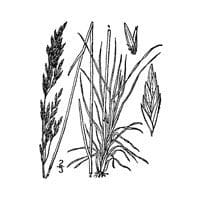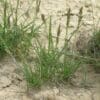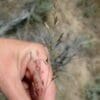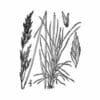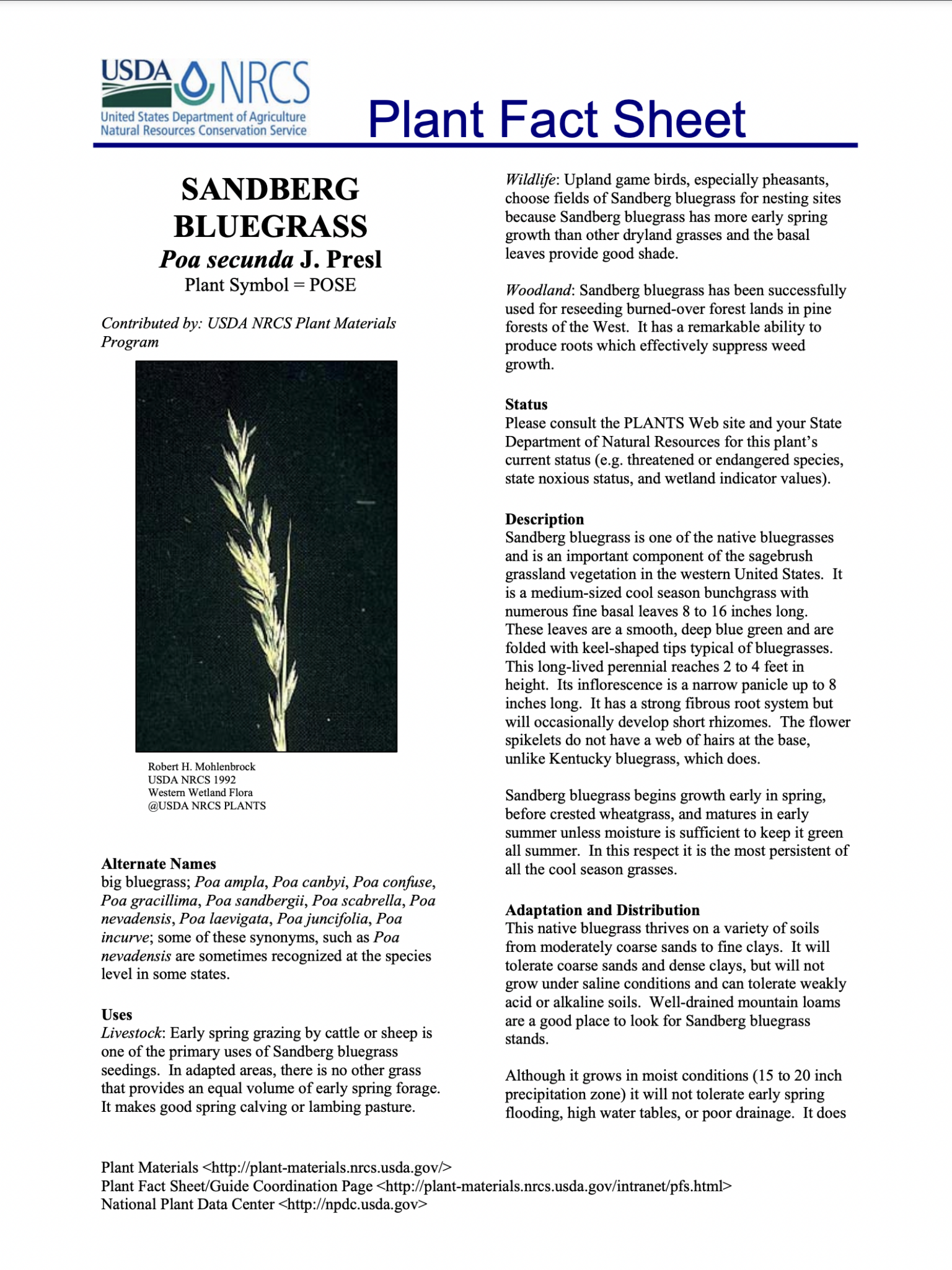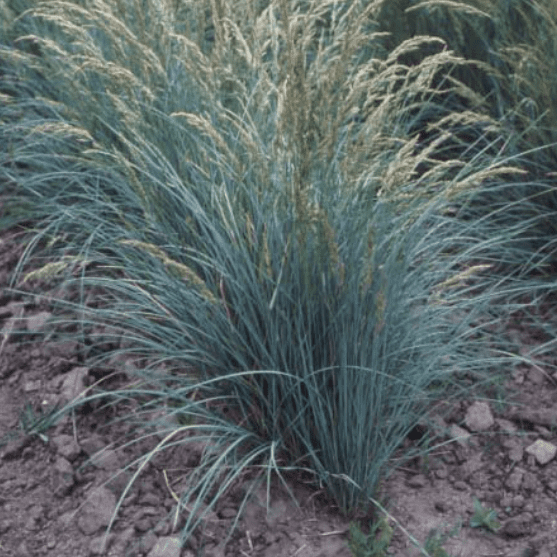Sandberg Bluegrass
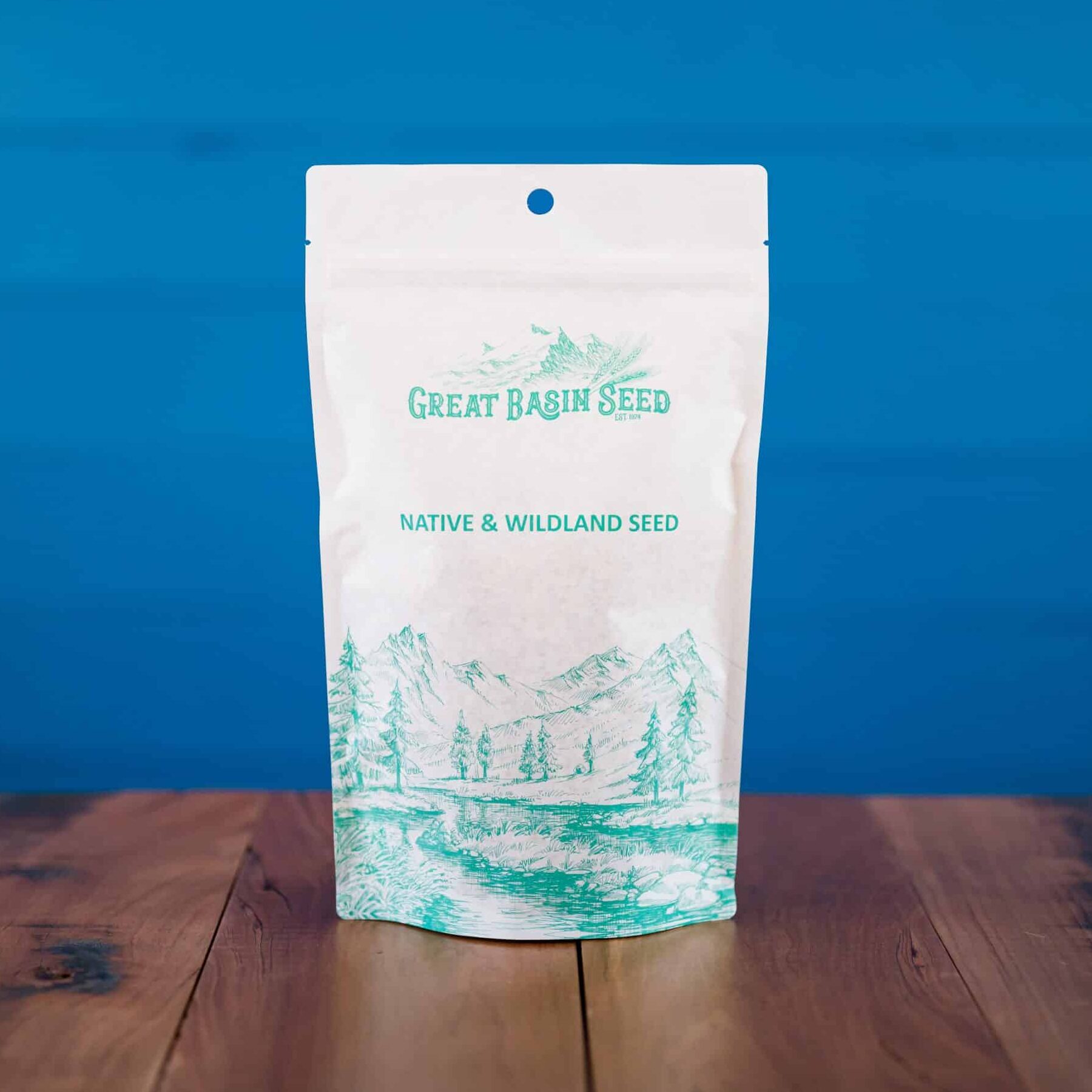 $10.75 – $18.52
$10.75 – $18.52 - Scientific name: Poa secunda sandbergii
- Cool-season, early maturing perennial
- Drought Tolerant
- Most common bluegrass in the Intermountain West
- Occurs in dry areas
- Shares sagebrush and mountain shrub communities
Sandberg bluegrass (Poa secunda sandbergii, big bluegrass) is a cool-season, drought tolerant, perennial bunchgrasses that mature early in the growing season. This grass is one of the first to green up in the spring, but is cured and dormant by early summer. The plant usually occurs as small tufts. Plants seldom exceed 24″ in height. It has an extensive, deep penetrating, coarse, fibrous roots that make them quite drought tolerant and resistant to grazing and trampling. Plants occur throughout Western North America. It is found at elevations ranging from 300 to 12,000 ft. It grows well on medium texture soils but is also common on badlands, ridge tops, and dry, stony, or sandy soils. It is a “pioneer species”, meaning it is one of the first grasses to colonize on disturbed sites.
Sandberg bluegrass is probably the most common bluegrass species in the Intermountain West, at least in the drier portions of the region. It is an important forage species for small animals in spring and fall. Plants are relatively small and occur in dry areas in sagebrush and mountain shrub communities, and occasionally in alpine sites.
Sandberg bluegrass is palatable to livestock early in the growing season, becoming less preferred during the summer when cured. Summer growing ecotypes are palatable longer into the season. Deer, pronghorn antelope, and bighorn sheep utilize Sandberg bluegrass forage and birds and small mammals utilize the seed.
Sandberg bluegrass will withstand heavy grazing and trampling, in part, because of its early maturity and apparent dormancy during the summer and fall grazing period. When planted in a native reclamation mix, it will be a minor component of the establishing plant community; therefore management should be based on other key species in the mixture.
It is recommended in mixtures on sites needing an early spring perennial grass to compete against annual weeds. Sandberg bluegrass is known to fill in interspaces between larger bunchgrasses and effectively impedes the spreading of cheatgrass. Seed may be consumed by songbirds, upland game birds, and small mammals and spread through feces. Sandberg bluegrass is not aggressive, and therefore is not considered to be invasive.
***Click the “Quick Plant Facts” for additional information.
For other options click here: Grass
Sandberg Bluegrass NRCS Plant Fact Sheet
Sandberg Bluegrass NRCS Plant Fact Sheet
PDF version of NRCS Plant Guide & Fact Sheet
Prepared By & Species Coordinator:
USDA NRCS Plant Materials Program
Helpful Links
Additional information about this product can be found on the academic websites linked below.
Synonyms
Many plants have more than one common and scientific name. We've listed a few of them below.
- Sandberg Bluegrass
- Poa secunda sandbergi
- Big Bluegrass
- Poa ampla
- Poa canbyi
- Poa confuse
- Poa gracillima
- Poa sandbergii
- Poa scabrella
- Poa nevadensis
- Poa laevigata
- Poa juncifolia
- Poa incurve
Who is Great Basin Seed?
Great Basin Seed is a seed company that specializes in seed sales and consultation for home, ranch, farm, range and reclamation. We have been a leader in the seed industry since 1974.
Our History
We've been in the seed business since 1974.
What We Offer
We offer seed for home, farm, ranch, range and reclamation projects.
Meet the Gang
We have the best employees in the world! We are proud of the work they do, and trust them to serve you!
Right: Company founder Lloyd and his wife Paula Stevens in a wildflower seed production field circa 1977
Quick Plant Facts
| Common Name: | Sandberg Bluegrass |
|---|---|
| Scientific Name: | |
| Old Scientific Name: | |
| Lifespan: | |
| Origin: | |
| Plant Type: | |
| pH Tolerance: | |
| Seed Count | 925000 |
| Growth Height: | |
| Root Form | Bunchgrass |
| Sowing Rate | 2-4 PLS lbs. per Acre |
| Min. Precipitation | 7 Inches Minimum |
| Best SowingTime | Spring or Fall |
| Max Sowing Depth: | |
| Growth Season: | |
| Sun & Shade Tolerance: | Intermediate |
| Elevation of Occurance: | |
| Plant PDF File | pose.pdf |
| Available Varieties: | |
| Hardiness Zones: | |
| Select a Package Size and Quantity | 8 oz. Pouch (0.50 lbs.), 1 lb. (by the pound) |
